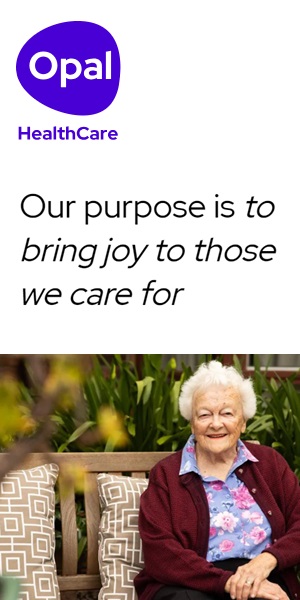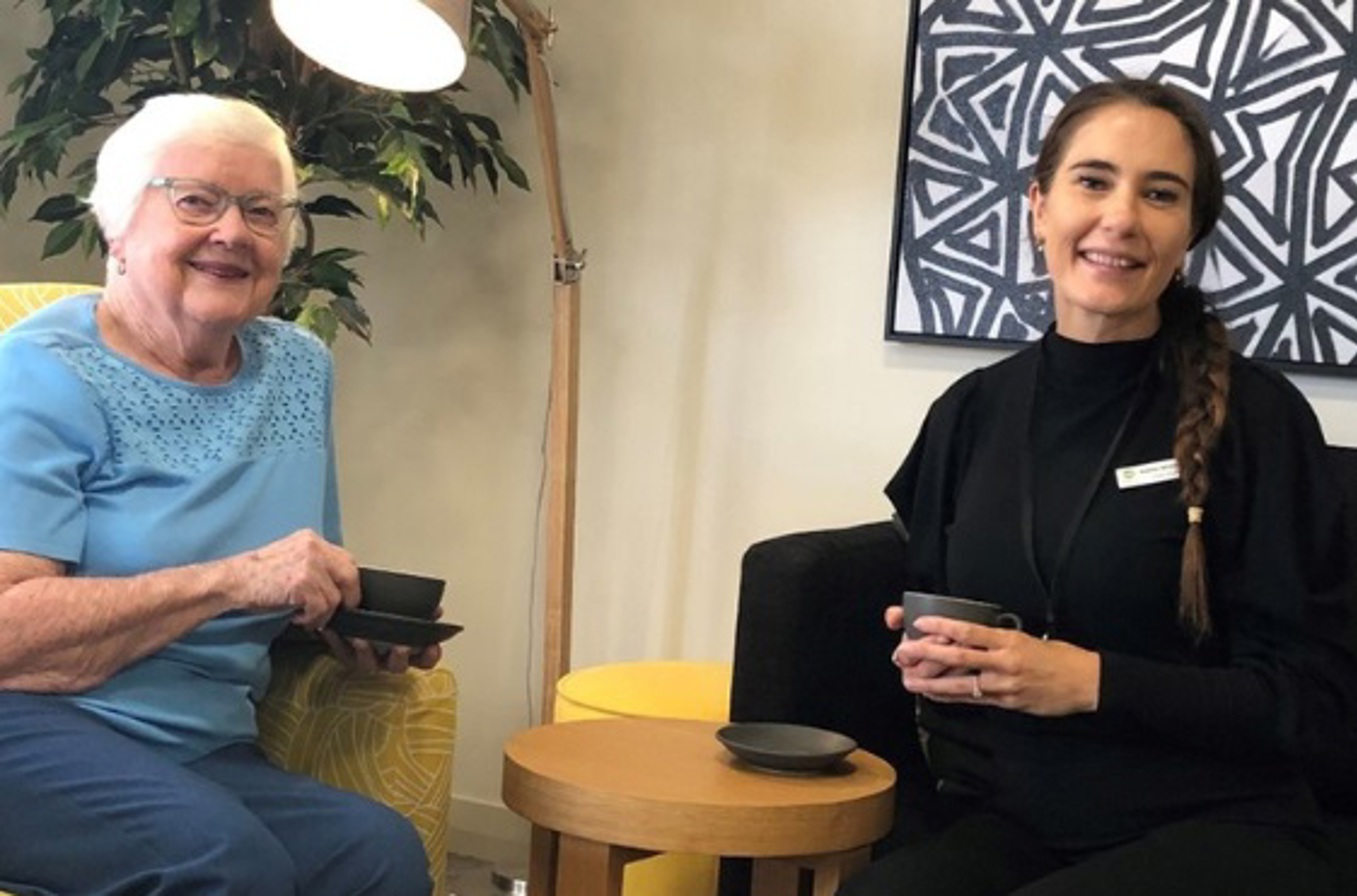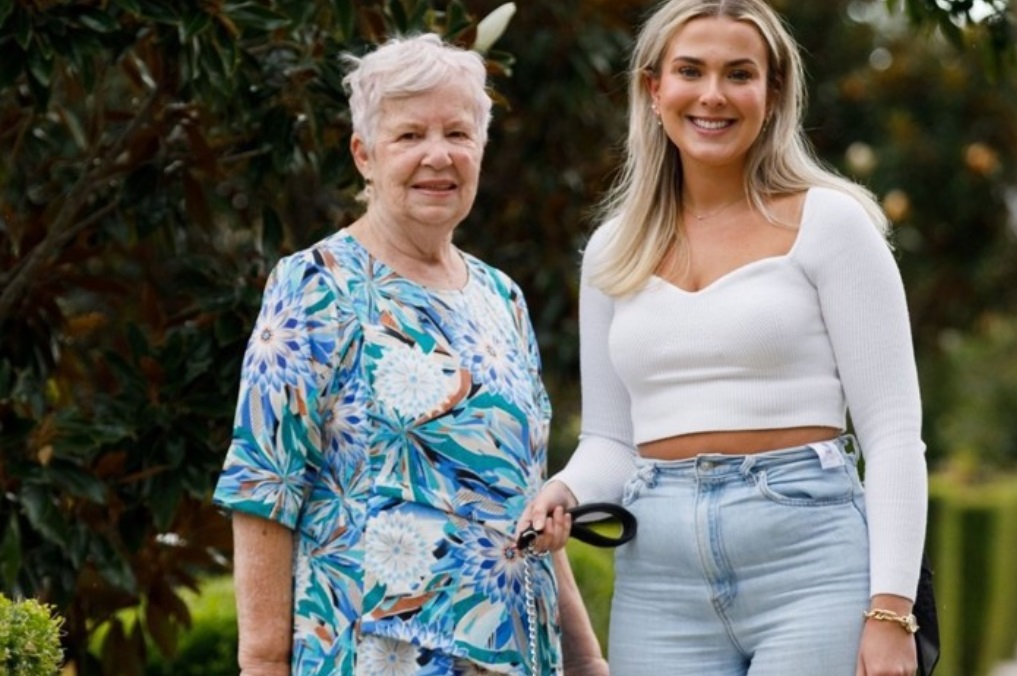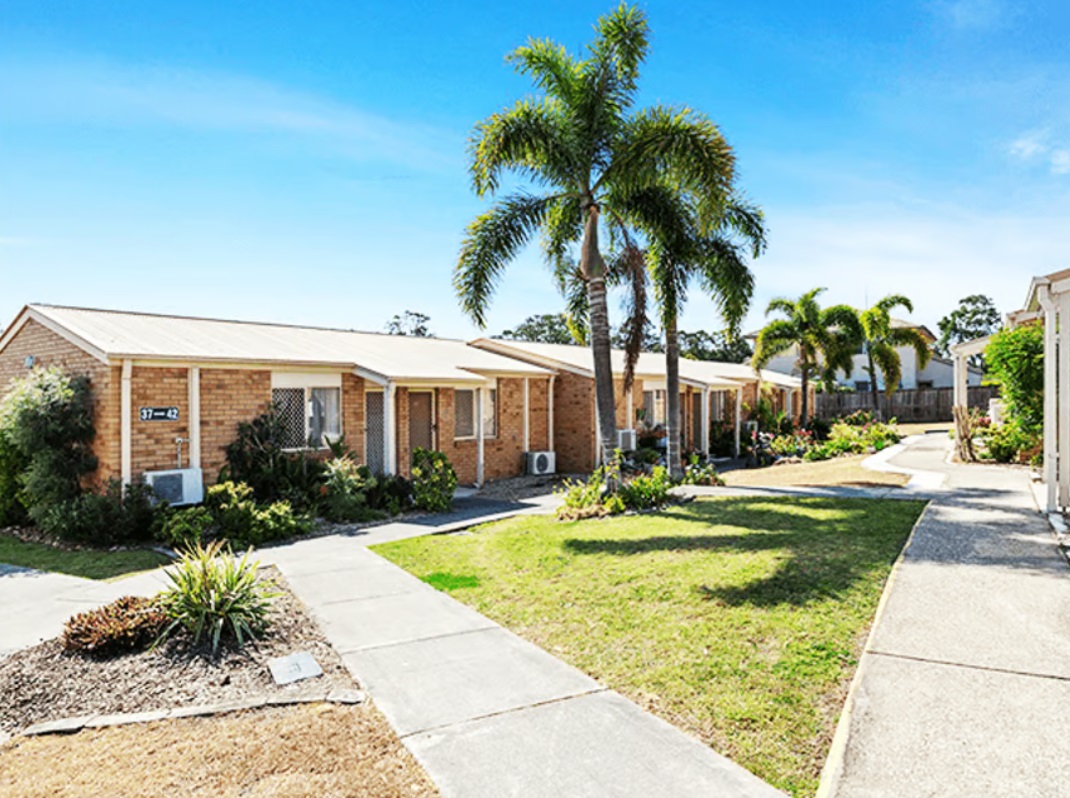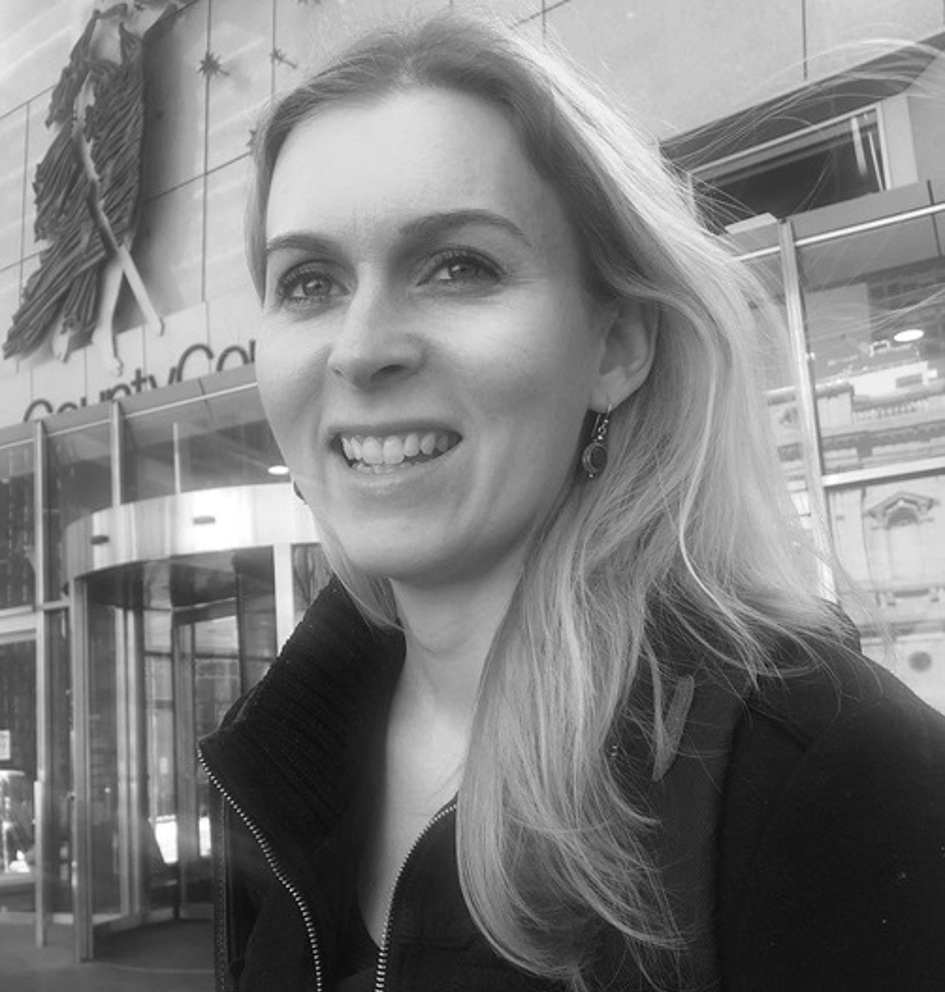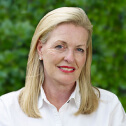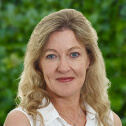Heart disease: the number one killer of Australian women
03/03/2023
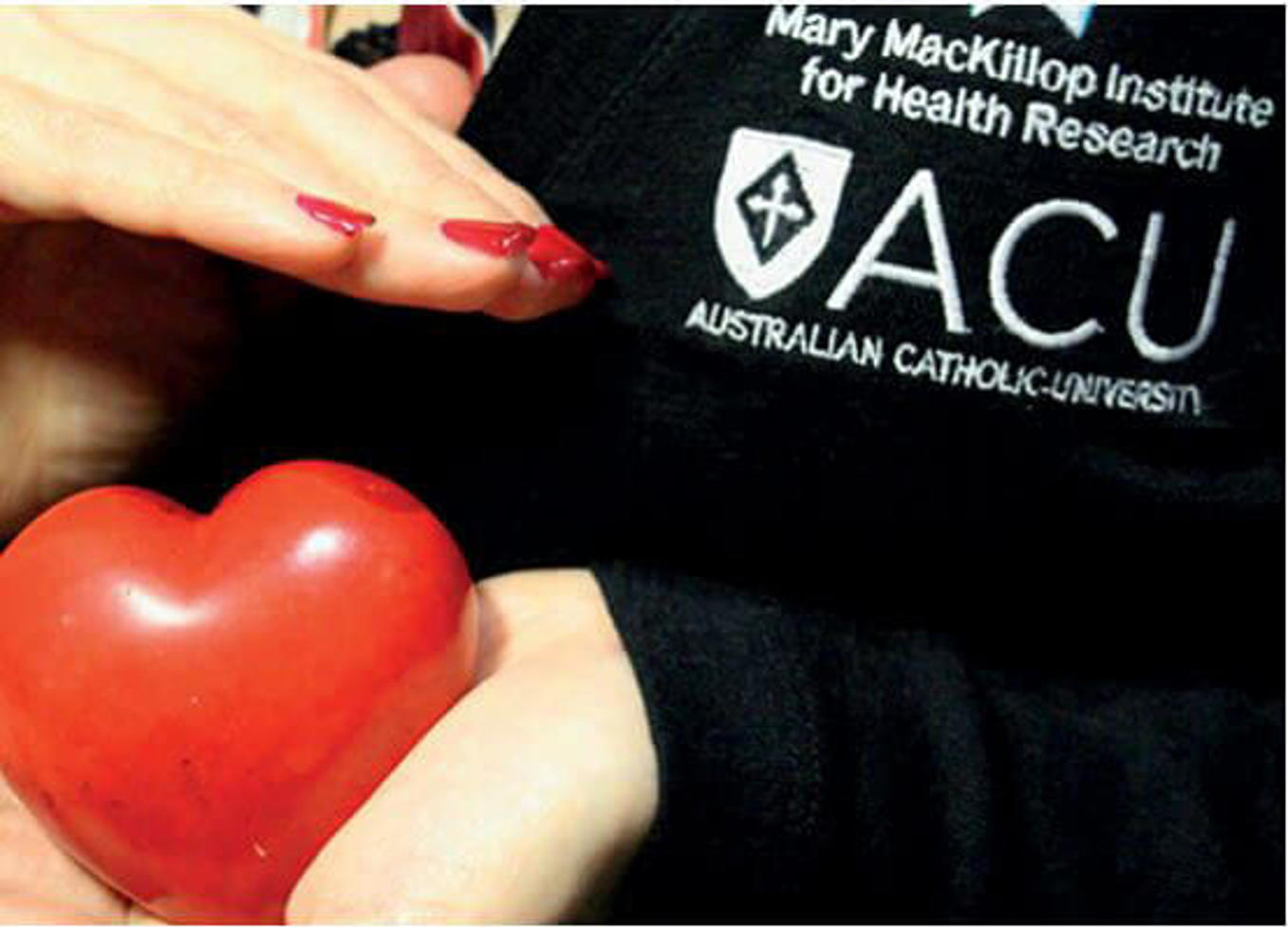
Did you know every year over 31,000 women die from cardiovascular disease? In comparison, 12,000 women die from common types of cancer like breast cancer annually.
Of these 31,000, over 3,000 never even made it to the hospital.
It’s a terrible fact, and one that we hear little about in the mainstream media.
These findings all come from a new study that is aiming to shed some light on this killer – and what we can do to prevent it while raising more awareness.
The ‘Hidden Hearts: Cardiovascular Risk and Disease in Australian Women’ report by the Mary Mackillop Institute for Health Research at Australian Catholic University examined the impact of cardiovascular disease and associated diseases such as diabetes and kidney failure on women[1].
It found that over a third of women admitted to hospital for the first time with heart failure and stroke died within 12 months.
For those admitted with coronary artery disease, the leading cause of CVD deaths, one in nine women died within 28 days.
The study also concluded the cost of CVD-related hospital care for women to the health care was an eye-watering $3 billion every year.
Why then isn’t more being done to cut these figures?
Read the warning signs
Professor Simon Stewart, the chief investigator behind the report, says that despite the high prevalence of CVD in women 35 years and over, many women are unaware of the risk and often ignore the warning signs before they have a potentially fatal cardiovascular event.
“The large majority of Australian women are still under the impression that heart disease and stroke are male diseases,” he said. “This is simply not true and without urgent education, more Australian women are at risk of falling victim to this killer, particularly with their current, high cardiovascular-risk lifestyles.
He blamed our increasing obesity rate in particular for the rise in CVD in younger women. “With nearly one in three Australian women aged 18 and over considered insufficiently active, and one in five reporting no exercise at all, the likelihood of these young women developing CVD in the longer-term is frighteningly high,” he added.
The study also concluded women were poorly represented in clinical trials of new therapies, with most treatments directed towards men. Women were also less likely to go to cardiac rehabilitation after being diagnosed, despite usually having a lower quality of life and more cases of depression than men.
Preventing heart disease in the first place
It’s also in spite of sixty per cent of CVD being largely able to be prevented, as it is caused by factors such as high cholesterol, type 2 diabetes, high blood pressure and smoking.
“The fact of the matter is that CVD and its consequences are highly preventable. These are avoidable diseases with extraordinary personal and financial burdens,” Professor Stewart states.
The report makes a raft of recommendations including more investment in awareness campaigns, changing guidelines to include gender-specific treatment and providing additional funding to research CVD in women.
The researchers gave their findings to the Federal Parliament last week at the Cardiovascular Risk and Disease in Australian Women Summit –we hope the Government is prepared to pay attention.
http://mmihr.acu.edu.au/wp-content/uploads/sites/2/2016/09/Hidden-Hearts.pdf
[1] ‘Hidden Hearts: Cardiovascular Risk and Disease in Australian Women’: Mary Mackillop Institute for Health Research, Australian Catholic University – October 11, 2016

